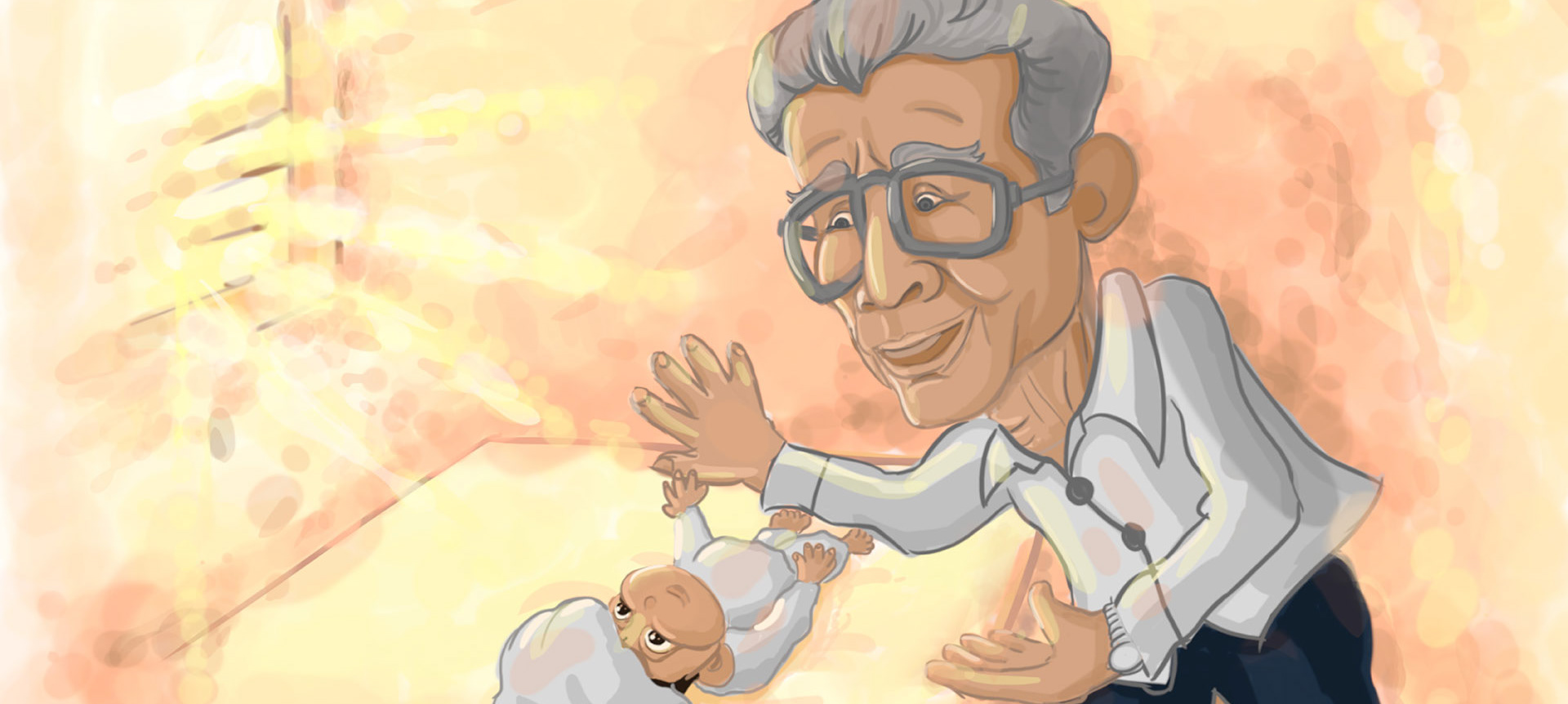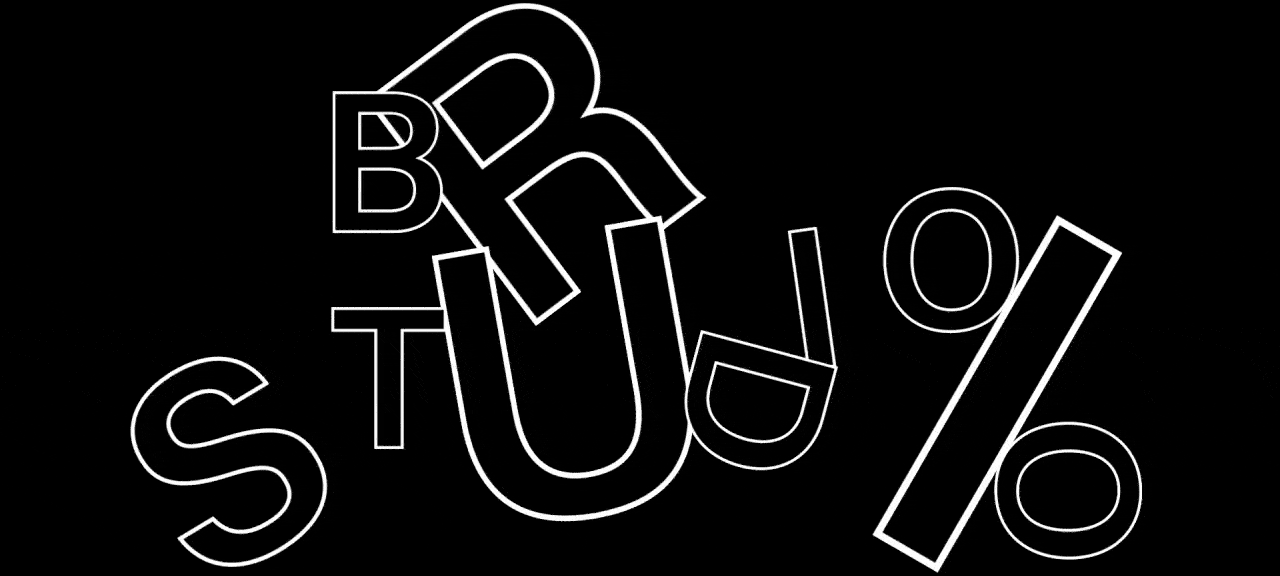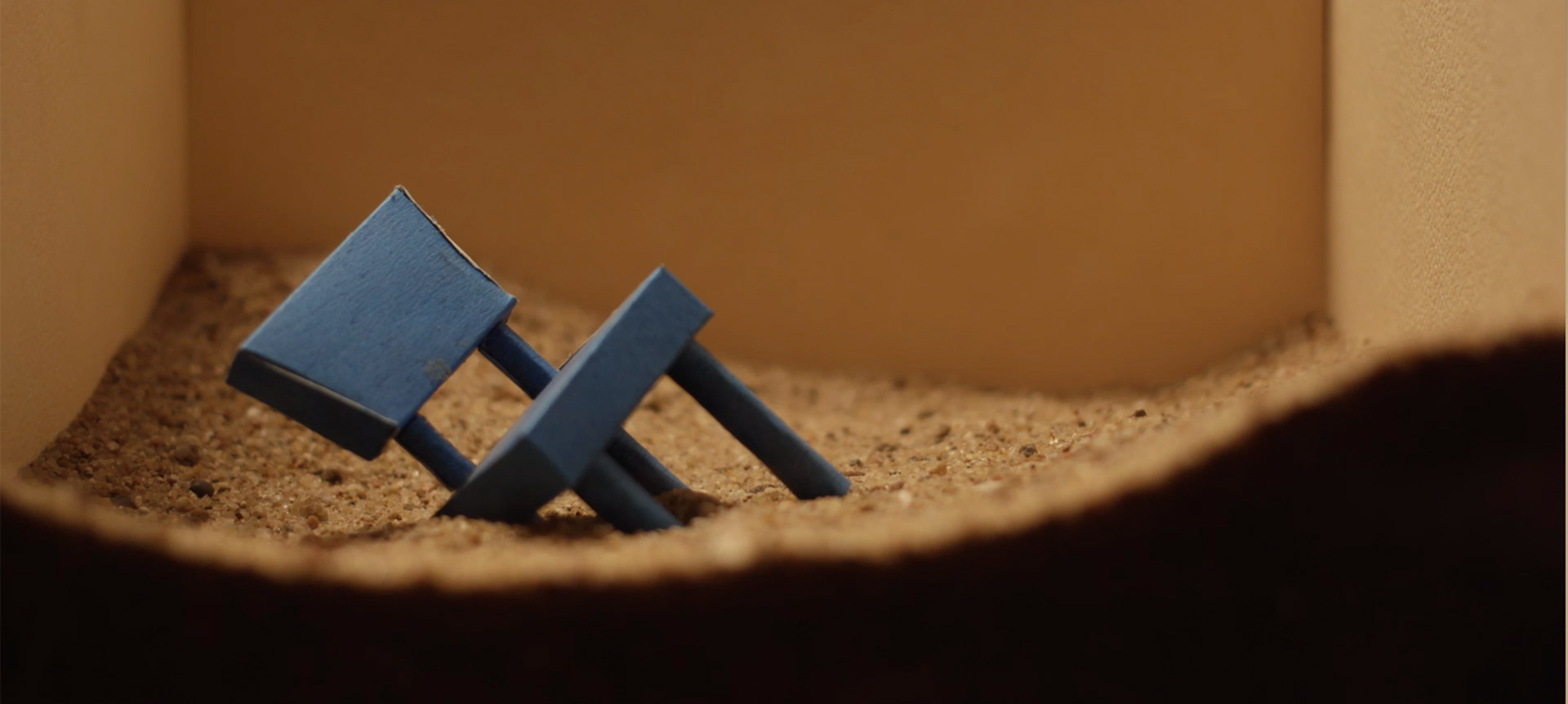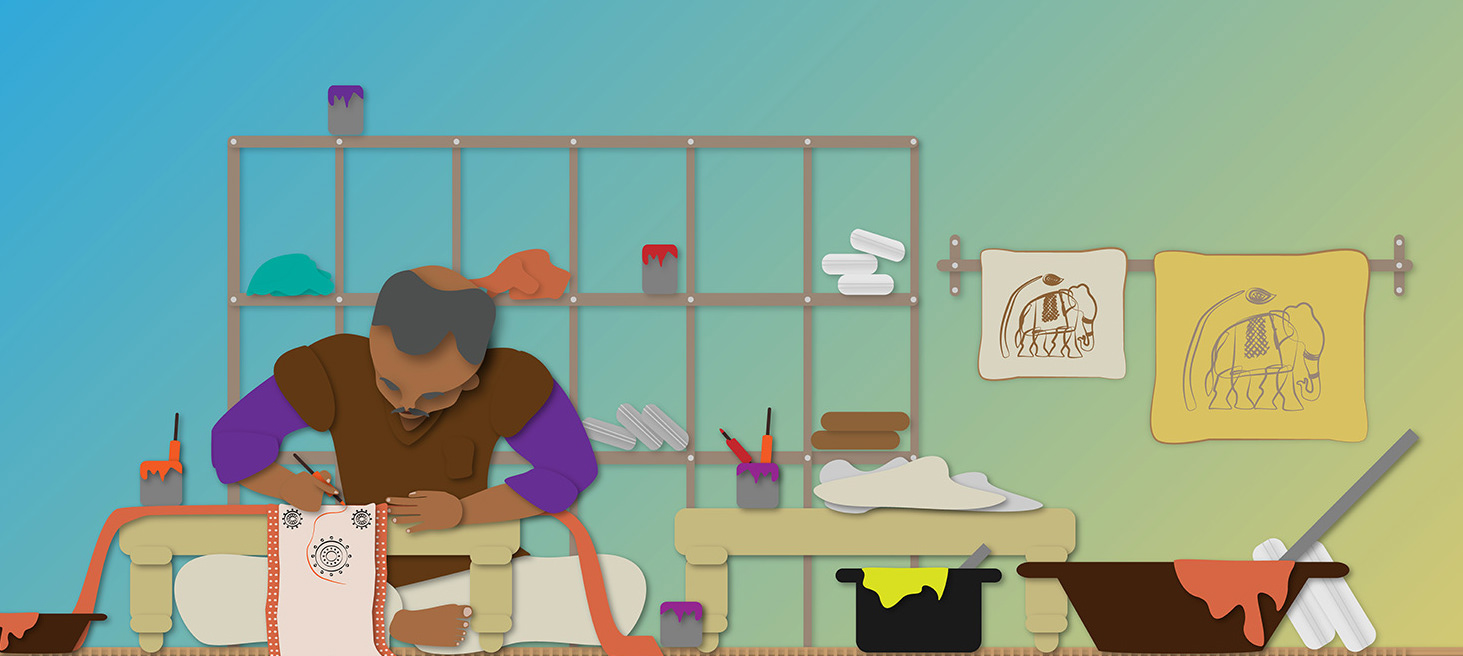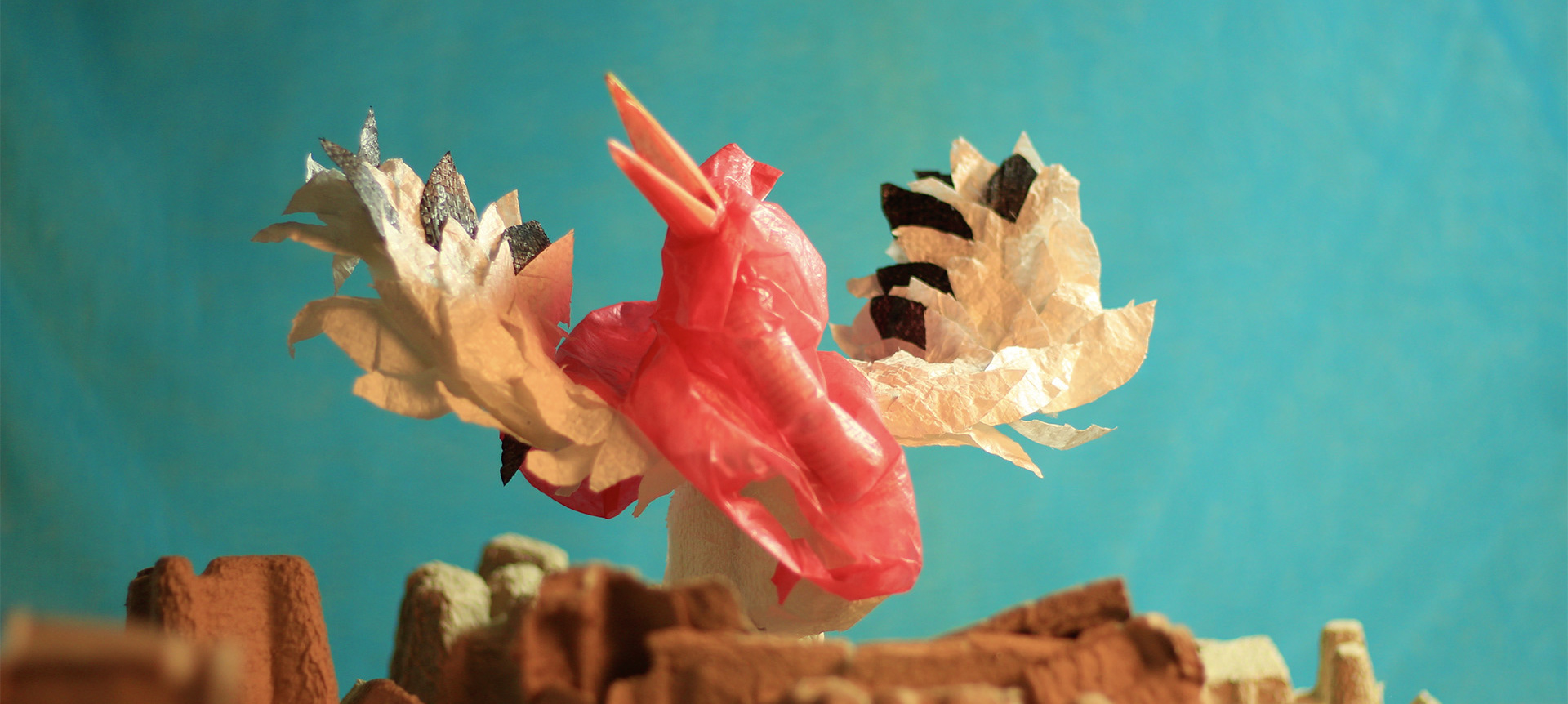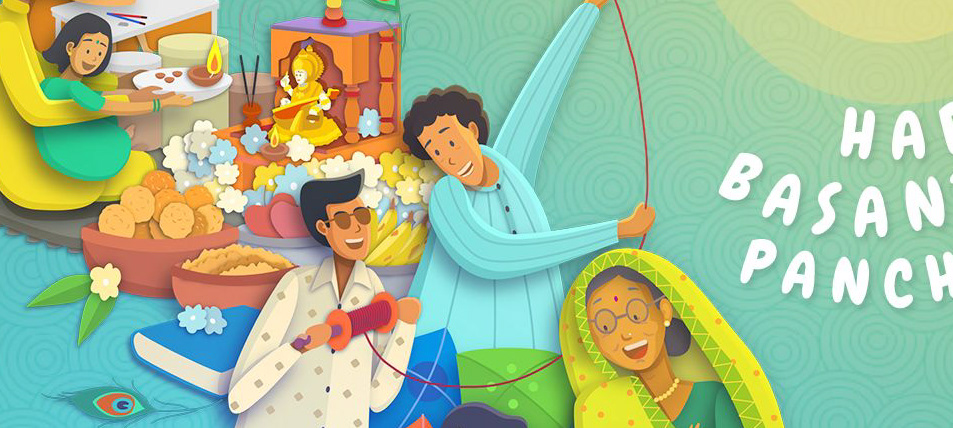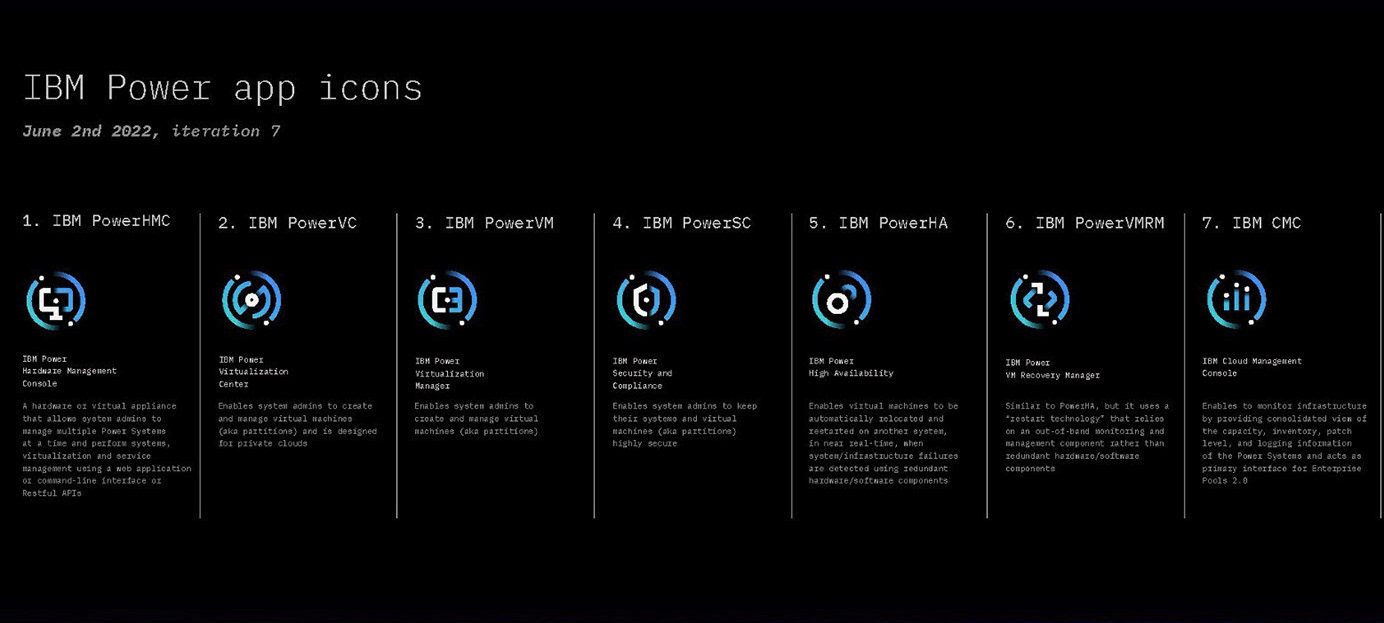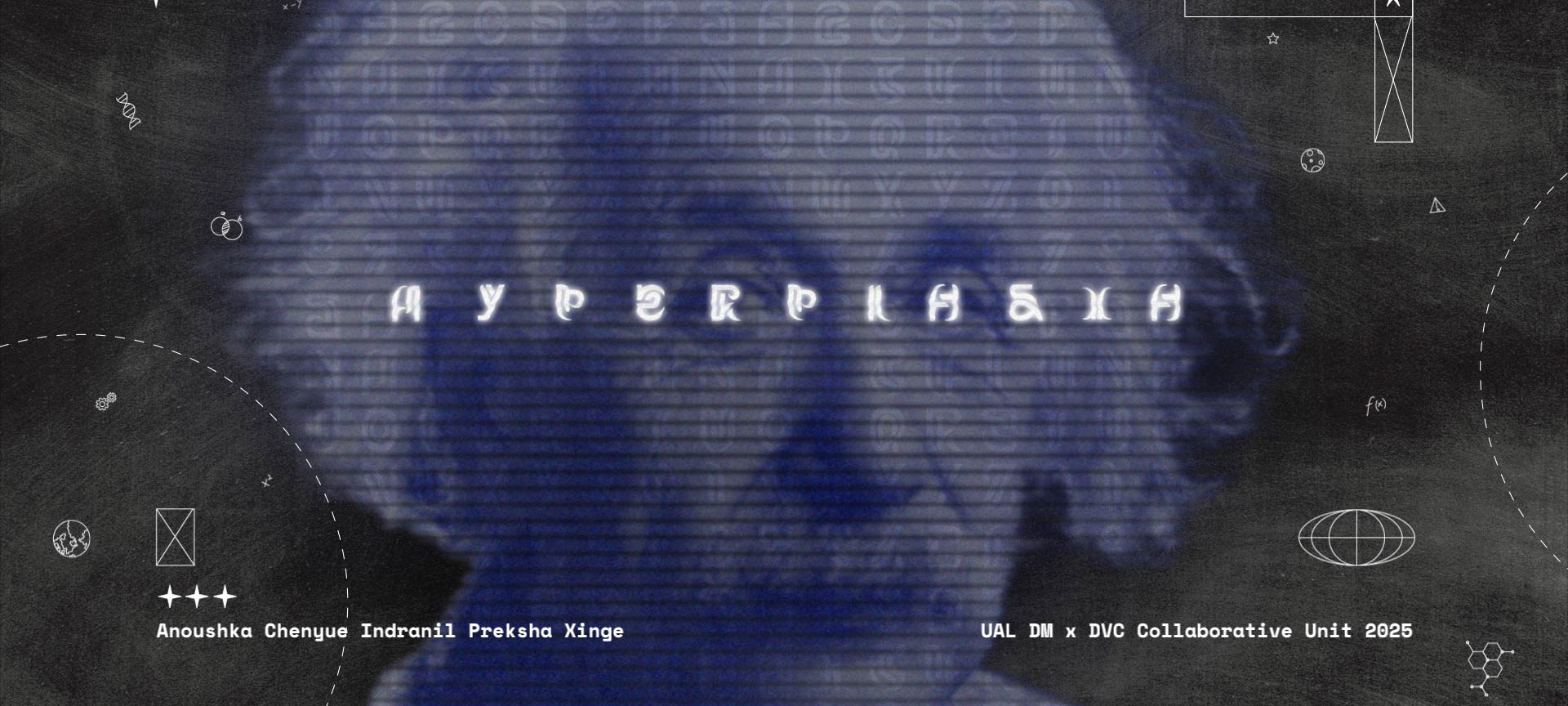Multimedia Design for Hyderabad Walks formed to be the focus project of the greater graduation project for UG programme, communication design, NID carried out in Krishnakriti Foundation, Hyderabad under the mentorship of Mr. Abeer Gupta
Hyderabad Walks, an initiative of the Krishnakriti Foundation is an organisation that conducts heritage walks and provides other services to educate and generate awareness about the importance of heritage in Hyderabad. The other services include workshops and different programmes for schools, traveling exhibitions and educational sessions of interactions with various artists and heritage experts.
Thus the organsiation provides tangible and intangible experiences of history and heritage by seeing and visualising the city. As far as the branding and promotion of these services are concerned, the visual branding and functional merchandise as well as collaterals are already designed. The design opportunity here is re-branding for this entity, to promote these services and in turn, heritage, which is taken up as a design project. Design for Hyderabad walks forms a platform for executing knowledge gathered about history and heritage and visual representation for this space from the lateral projects worked upon previously. While these projects provide with an introduction to the space of art, culture, history and heritage, Hyderabad Walks is conceived as a space for further getting immersed in this area by designing for it.
Thus the brief for this project is to develop multimedia packaging for Hyderabad Walks for audiences to generate interest in the rich cultural heritage of Hyderabad and promoting the idea of importance of heritage. The section showcases the process followed for the design, through the primary research of reading and attending the actual walks with heritage and art experts and secondary research of how heritage walks are branded in India, other cities and Hyderabad.
The research and process then leads to approaching design outputs by design for collaterals particular to Hyderabad walks, like worksheets, flyers and workbooks. Another part of this project is the branding and production of promotional material for a new walk to be inaugurated in the Krishnakriti Festival 2020. This explores another dimension in branding involved with setting the visual language and tone of a heritage walk, by extending the visual design to represent that this walk is both a service provided by Hyderabad Walks and a part of the festival.
This opens up the possibility of a design intervention to showcase all these services in the format of a publication, a master brochure, which becomes one of the main outcomes for this graduation project. Hence, this section talks about the research, ideation, design for collaterals, participation in the creation of a new walk and the execution of the Hyderabad Walks brochure.
Design for a heritage worksheet
This section describes the visual design done for an existing worksheet on workshops for schools for the heritage walk held at the Qutb Shahi Tombs. Along with stories that are told about the Qutb Shahi rulers, the students are given this worksheet containing short questions about these stories as a part of the walk curation.
To make the worksheet more inclusive and interactive for students, it needed an understanding of the kind of questions included in it. Apart from the questions, the existing worksheets also has official content, like the Hyderabad Walks Logo, title, 'Hyderabad Walks Worksheet', the walk name and grades for which the worksheet is for. The questions included are of three types, MCQs, word-games and questions asking descriptive answers on the history of the Qutb Shahi period.
For the visual design, the worksheets are first self-solved to understand the tone of questions and the intellectual attention required to solve it. Evaluation of this leads to the attempts of including visuals along with the textual content in this worksheet.
The Design:
A few approaches are finalised to make the worksheet a more interactive device. The visual language is thought to be handwritten, friendly, interactive, to the point, yet being academic, educative and informative.
Illustrations:
To make the worksheet more expressive in itself, along with the textual content, other visuals are thought to be implemented. The illustrations here while being decorative, are functional as well. The functional illustrations are made specific to the questions and also to give a hint for the answers. To be in synergy with the illustrations, the Hyderabad Walks logo is hand drawn as well.

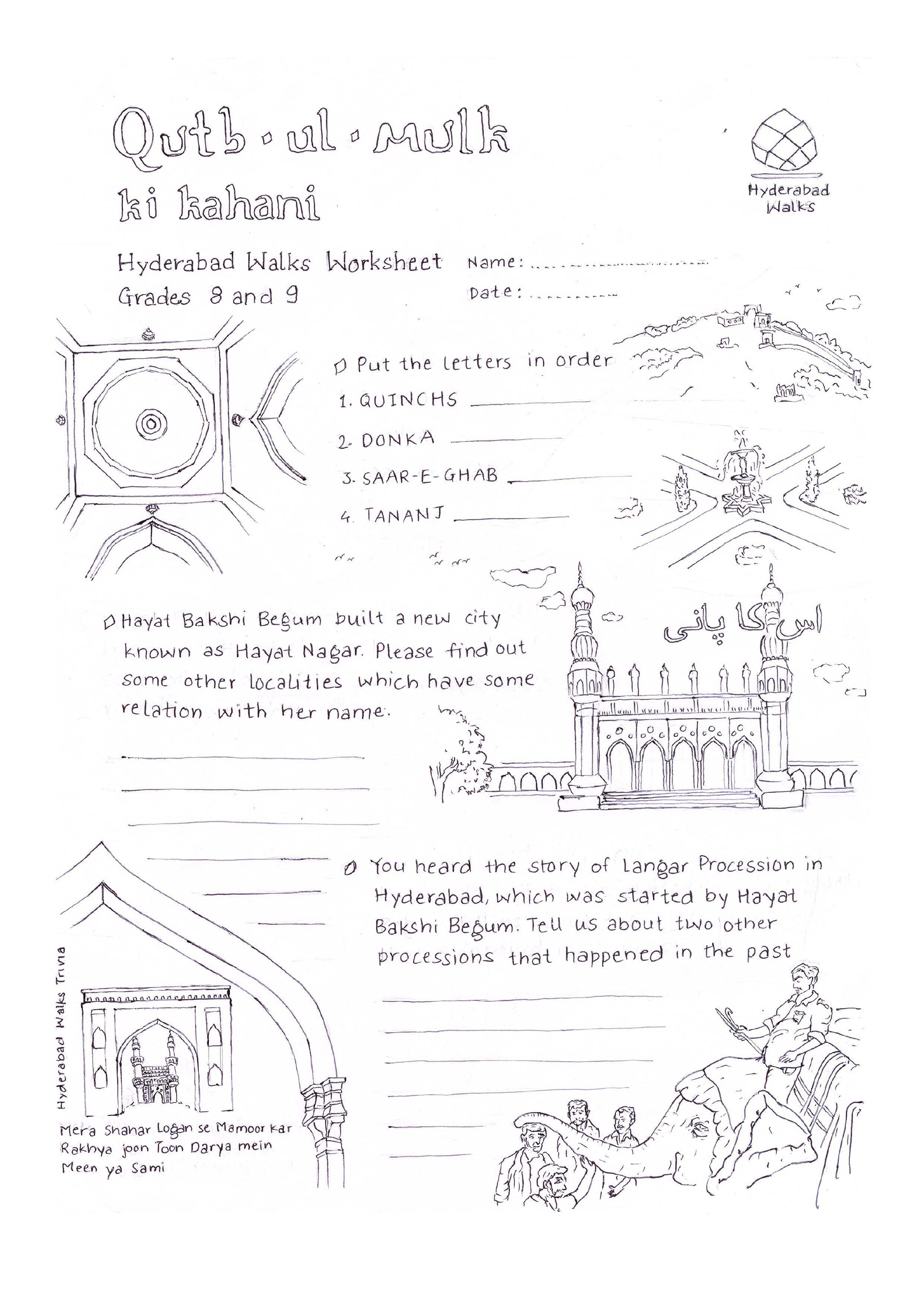

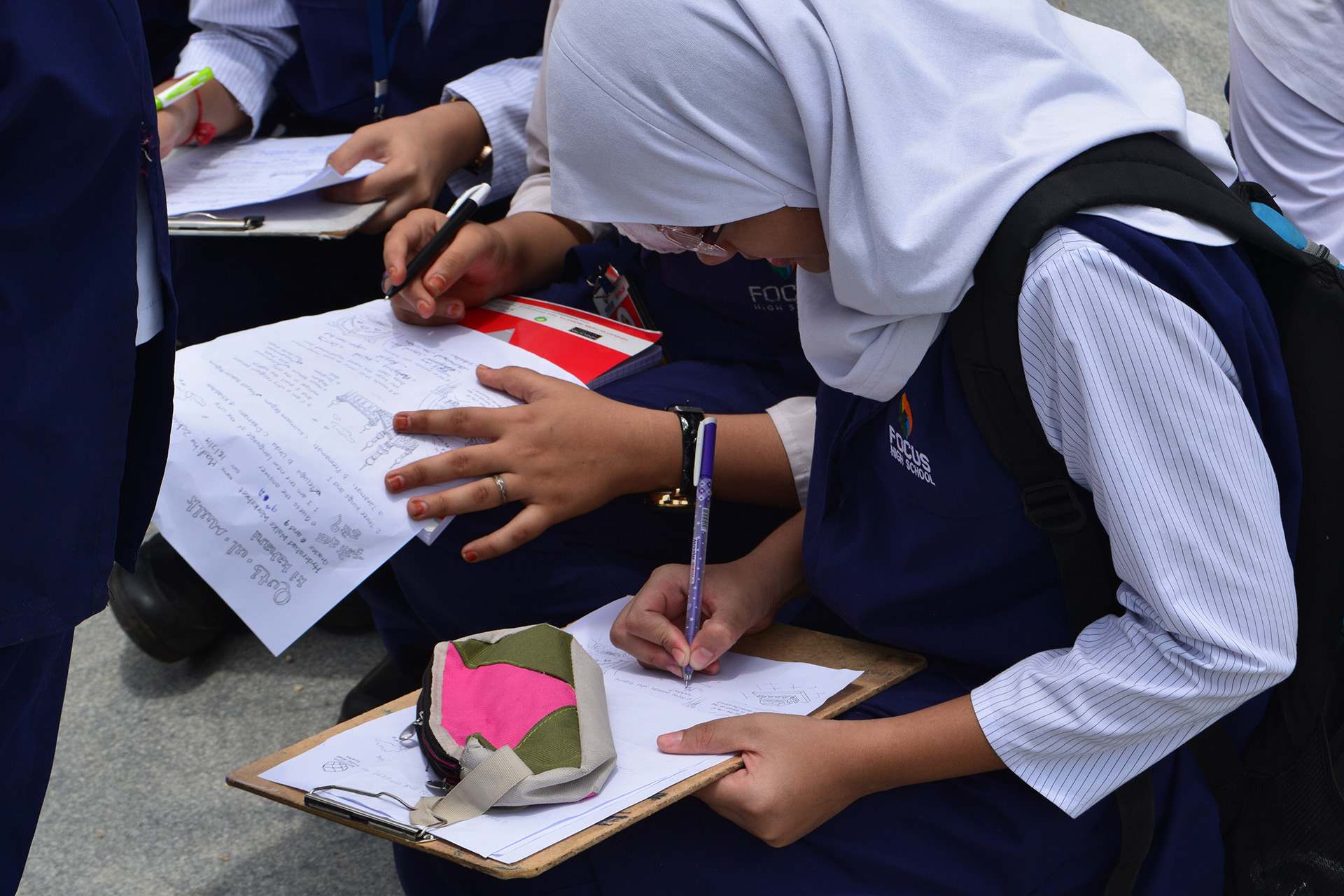


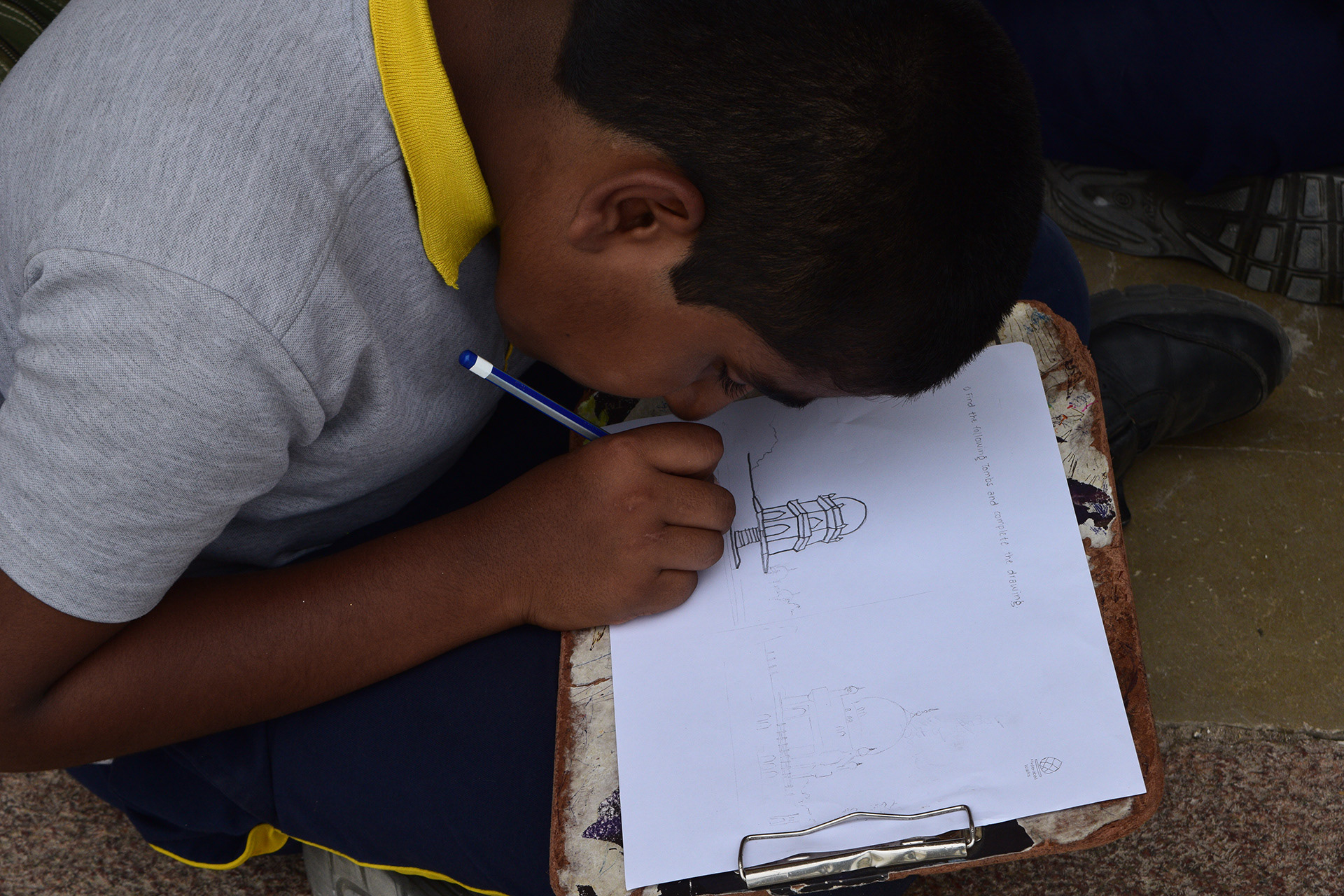

Design for a heritage run flyer
Glendale International School, Hyderabad planned an event, a kilometre long heritage run, on the road leading to the Qutb Shahi tombs. The idea was to promote health and heritage by running alongside a heritage monument and taking a heritage oath after reaching inside the monument. Almost 800 students with 200 school staff participated in this event.
The school collaborated with Hyderabad Walks, the role of which was to take the project forward, providing some information about the monuments to the students by handing out an interactive publication collateral. This section describes the design done for this collateral, a flyer, that gives a quick overview of the heritage site.
Front
The the front side starts with the illustrative title of the event, style being inspired from Arabic fonts. Next is an illustration of the tombs of Muhammad Quli Qutb Shah, the founder of Hyderabad, and the tombs of Sultan Quli Qutb-ul-mulk and Jamsheed Quli Qutb Shah in the background. The surrounding shows natural heritage, trees, birds and activities happening in the tomb complex. The bottom left is the Hyderabad Walks trivia, an element decided to be kept repeating in all the publications of Hyderabad Walks.
Back
Back side has the facts about the Qutb Shahi rulers and the tomb complex and is titled as 'Qutb Shahi Ilm' meaning Qutb Shahi knowledge. A balance is brought within text and illustrations by placing them alternatively. The page concludes with the contact information of the organisation.
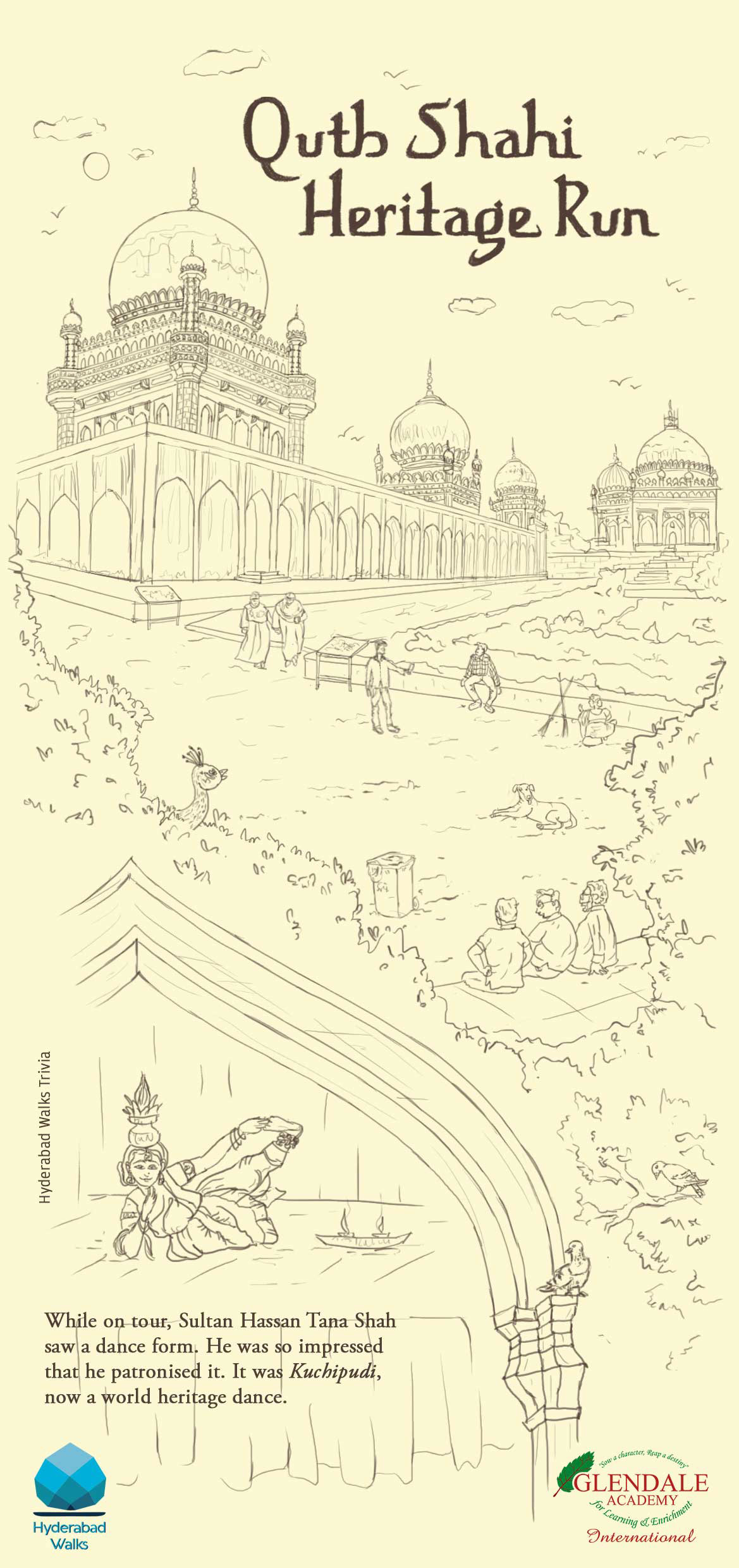
Front

Back


Design for Museum Internship Workbook
One of the programmes offered for students by Hyderabad Walks is the museum internship programme. This programme, that was going to be held at the Salar Jung Museum was an initiative for the students to learn about the different practices for the conservation of books, photographs and processes like digitization of this material and also provide an overview of the Salar Jung Museum library.
For the students to write down their learnings and document the process, the two collaterals required for this museum internship were a 20 page workbook and a newsletter.
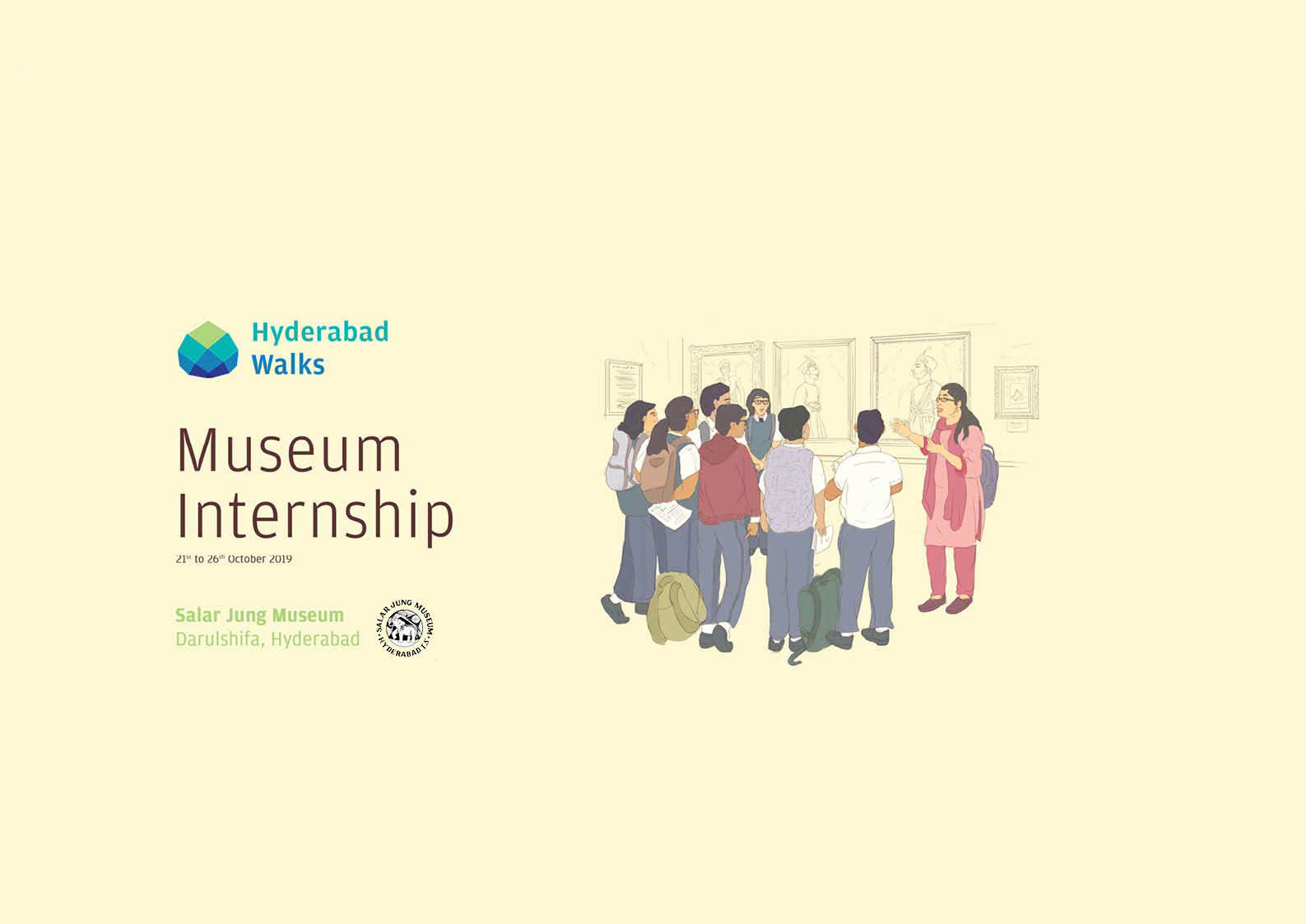


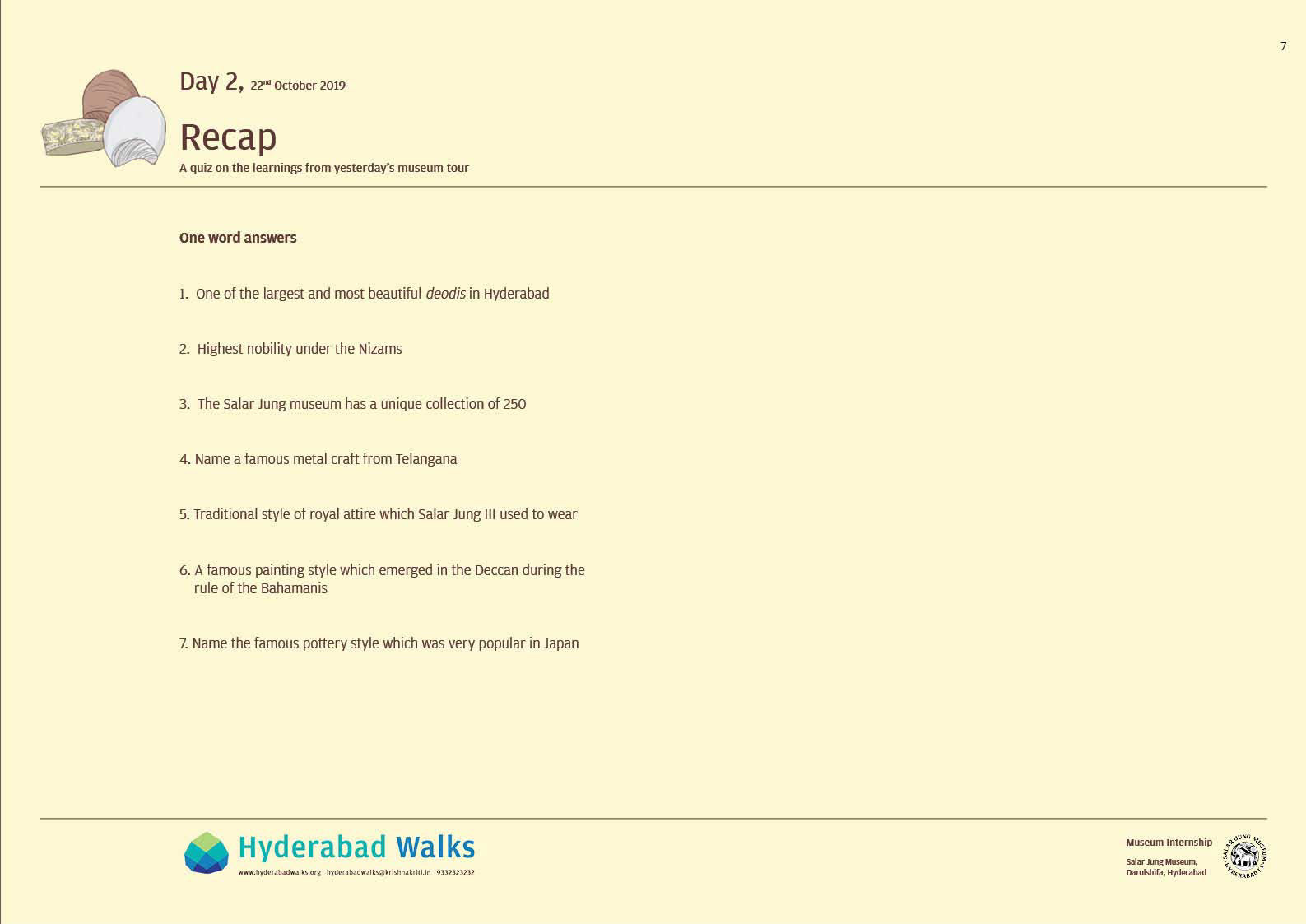

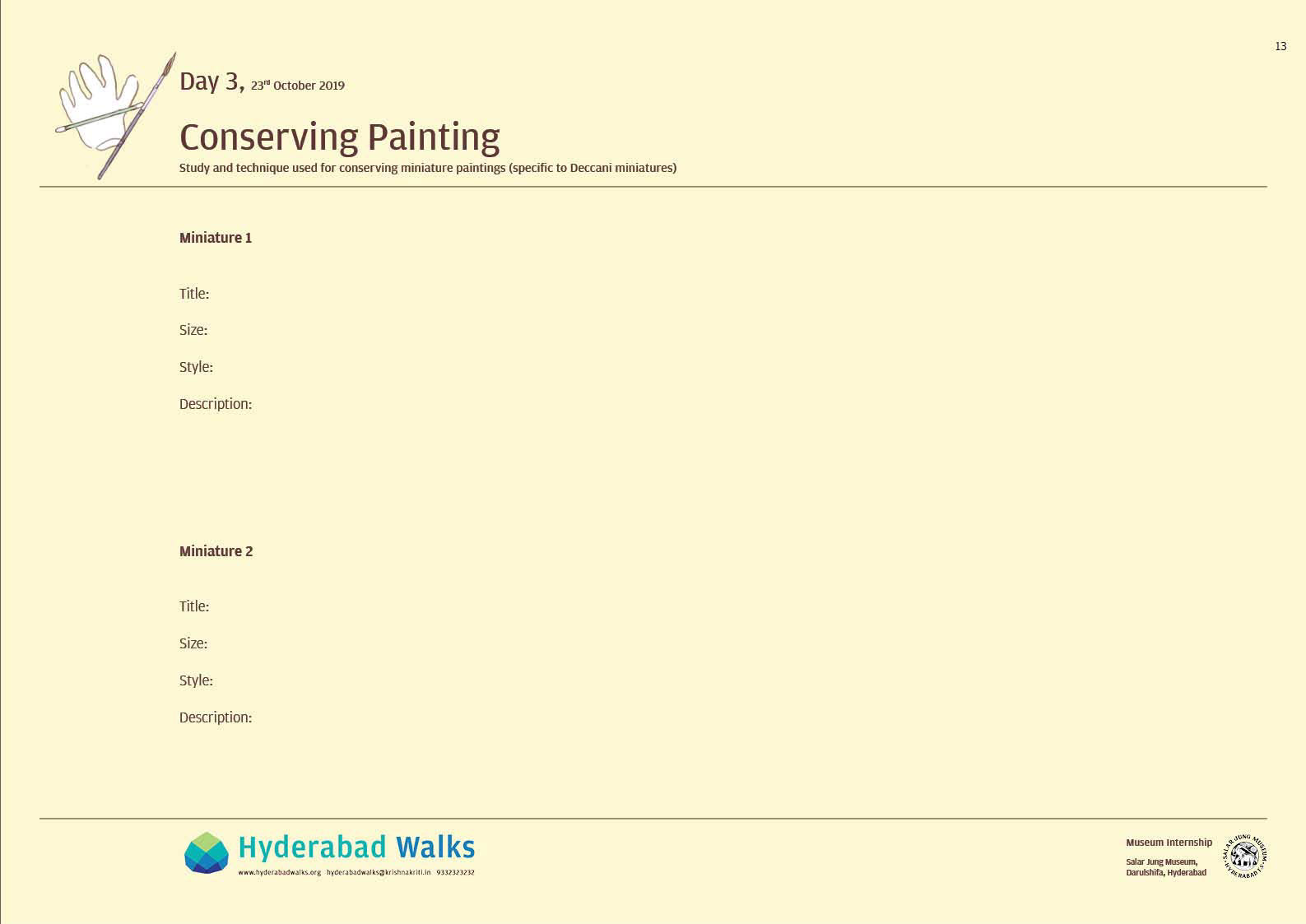
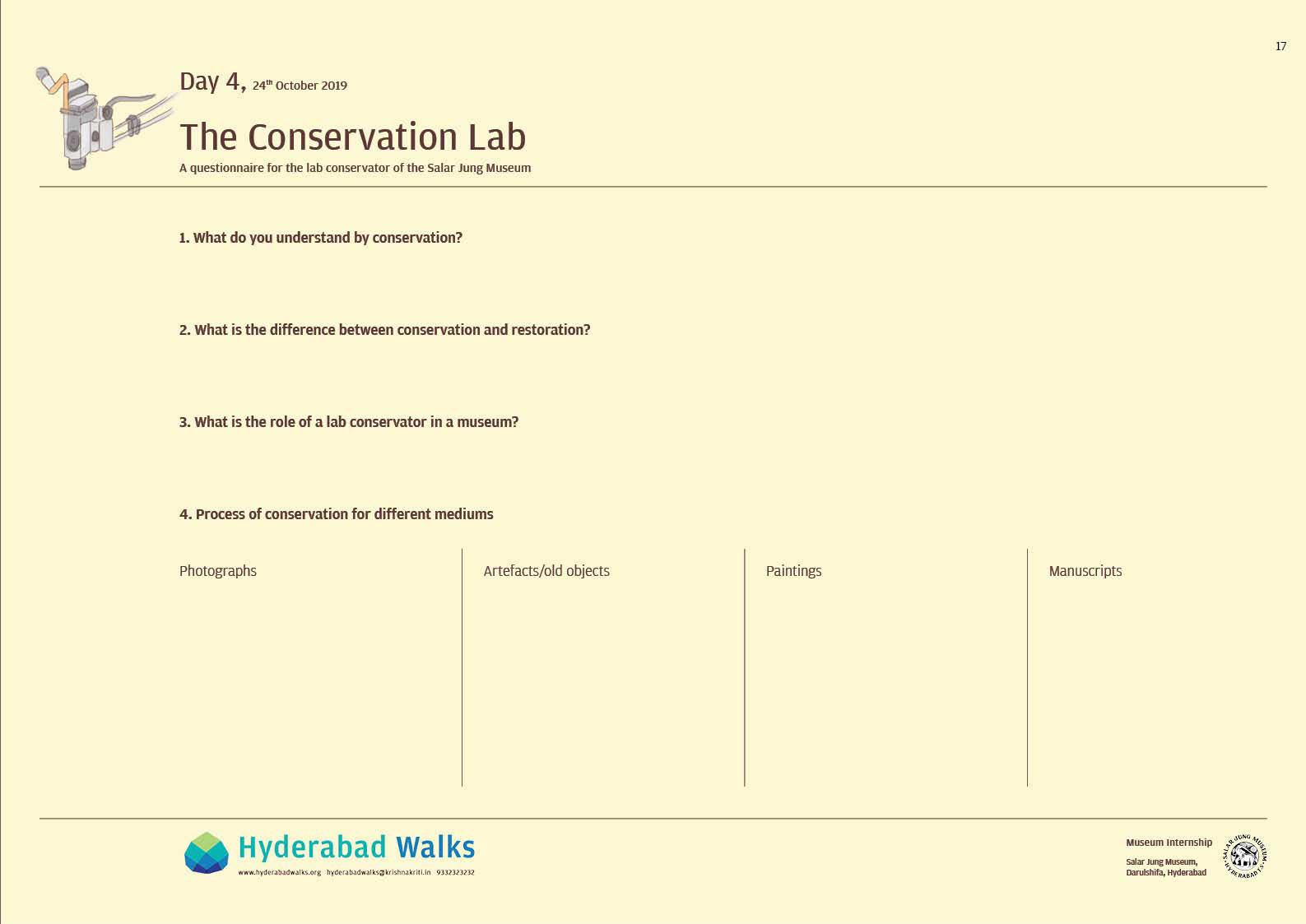

Design for Museum Internship newsletter



Brochure Design for Hyderabad Walks
Work on related projects such as the monument walk worksheet for students, the heritage run flyer and the museum internship workbook, helped create a better understanding of the walks conducted by the organisation. To execute these learnings and using the skills acquired from the lateral projects and design done for Hyderabad Walks till this point, a master brochure describing the various services provided by Hyderabad Walks is thought to be a platform for showcasing the outcome of these learnings.
After the background study in the previous sections, this section describes the literature review of work already done for design of different art, history and heritage brochures and then details out the execution of the Hyderabad Walks brochure, that tells the evolution of the visual language, and the two working drafts made to arrive at the final brochure.
Context: After the primary research, observations around the city and learning about the services provided by Hyderabad Walks, to arrive at a brochure design for a heritage walk organisation, a study of other similar brochures and websites formed a background to understand the approach to this design, and work done in this field.
Brochures: Along with the brochures for other heritage walk organisations, some other service brochures are reviewed. The following pages show the selective inspirations taken from each of these brochures.
Websites: Websites of heritage organisations in Hyderabad are also reviewed to understand how their services are structured and how they are branded on an online presence. These observations are made without attending the walks, from a consumer’s point of view.
Front and Back
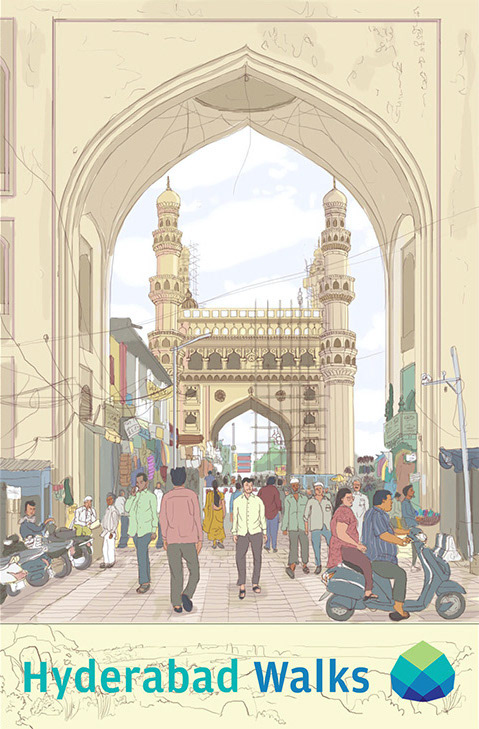
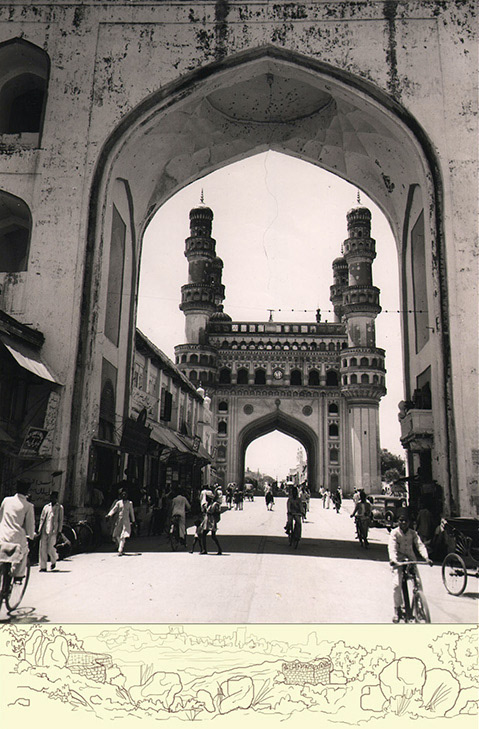
Front Cover
Front of the brochure is an illustration inspired from this photograph of Charminar seen through Charminar-ki-kaman. Attention is given to the locality—people, shops, vehicles and the monument, restoration.
Back Cover
Back of the brochure has an archival photograph of a similar view and angle as one on the front cover.
(This photo was found while going through the images of Hyderabad in the archive and later found that it is similar to the photograph taken during the walk recce)
Half opened back spread
Between the two visuals comes the textual description on the city of Hyderabad, a brief history and the significance of it's heritage.
The strip at the bottom is an area illustrated with visuals seen around the city and tries to capture a portrait of the city Hyderabad. It consists of a compilation of the observation of the city, sketches, photographs, which talk about the pluralist and cosmopolitan nature of the city with the language and gestures of people in the city. It also tries to capture the natural heritage and the built heritage of the city. Some of these include a view of Hyderabad Rocks, people, streets and the food culture. This strip ends with the organisation logo and contact information.
Half opened front spread
This spread gives information about Hyderabad Walks and the services provided by it, and a guide to avail these services. It includes the types of walks conducted— City, Museum and Monument walks. It then talks about the other programmes and lastly, about partner organisations and Krishnakriti Foundation. Illustrations made for this part show how the actual walks look on-site.
Fully opened spread
Because of the folds, this spread gets divided into 8 sections, which is also the number of walks conducted.
A scaled map is drawn in the middle and left, highlighting the locations of the walks. The walk descriptions and illustrations are placed on the sections closest to their location on the map.
However the illustrations and descriptions of the walks occupy space away from their actual location on the map. This use of the map is more decorative than functional, as it shows neighbouring areas of the location of the walks.
Different illustrated symbols are made for city, museum, monument and makers walks. These symbols are inspired from the motifs used on Qutb Shahi monuments like the Qutb Shahi Tombs and Charminar. Each individual walk is numbered inside this symbol, which is shown in the 'Index'. This motif with numbers appears in three places, the Index, the map and along with the description of the walk in each section.
The user may look in the index, and find the walk location and description which are mentioned with the same symbol and number.
Brochure photographs




